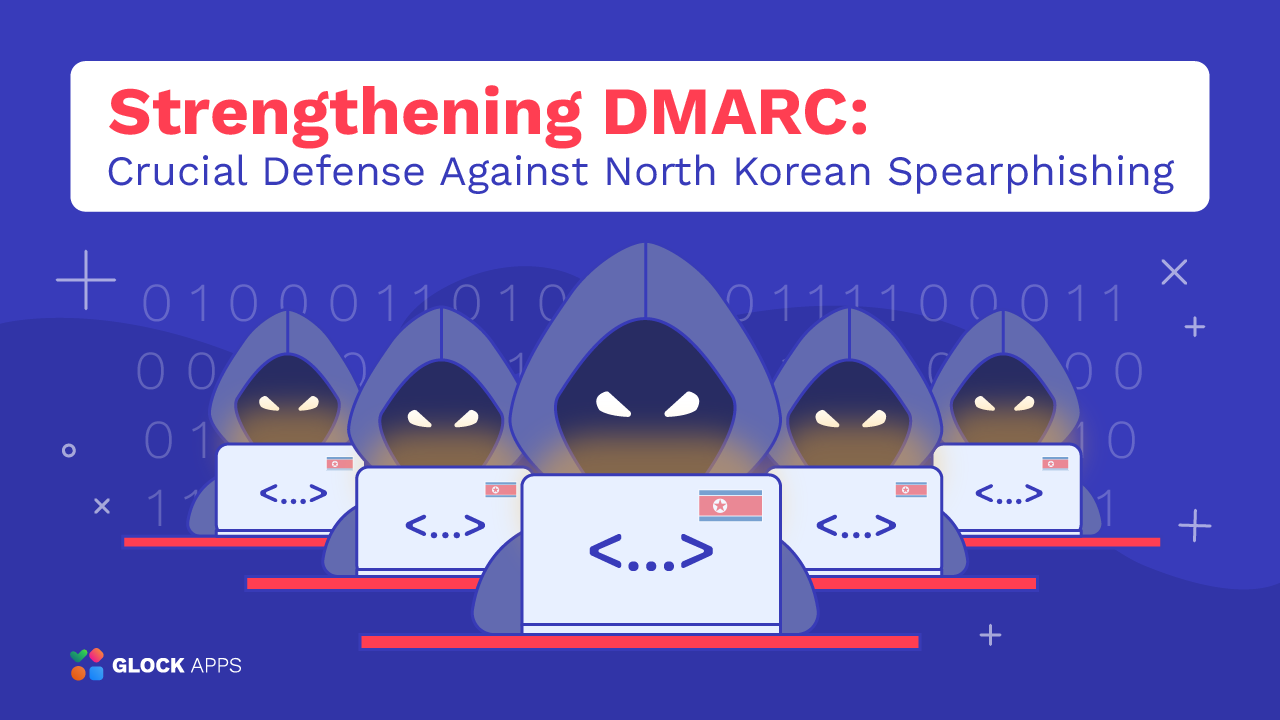What Is Business Email Compromise (BEC)? Meaning, Examples, and Protection Tips

Estimated reading time: 4 minutes
Cybercriminals no longer rely solely on malware or mass phishing campaigns to make profits. Instead, they have embraced a more subtle and devastating technique: Business Email Compromise (BEC). Unlike traditional cyberattacks, BEC exploits human psychology, trust, and routine business processes rather than technical flaws.
The result? Financial losses amount to billions of dollars each year. According to global threat intelligence reports, BEC is consistently ranked among the top cybercrime threats worldwide.
What Is Business Email Compromise (BEC)?
Business Email Compromise (BEC) is a cybercrime where attackers impersonate trusted individuals (executives, suppliers, or employees) to trick victims into transferring money or disclosing sensitive information.
BEC is sometimes referred to as CEO fraud, supplier invoice fraud, or email account compromise. Regardless of the name, the essence remains the same: exploiting trust to manipulate employees into taking harmful actions.
How BEC Attacks Work
BEC email attacks usually follow a clear pattern:
- Email Account Compromise: Attackers may hack into a real account or spoof a trusted email address.
- Research & Reconnaissance: They study company structures, suppliers, and financial processes.
- Impersonation: Criminals send messages that look authentic, often imitating a CEO, CFO, or partner.
- Manipulation: Urgency, secrecy, or authority is applied (“Transfer this immediately,” “Do not inform anyone”).
- Execution: The victim transfers funds or sends sensitive information, believing the request is legitimate.
Types of Business Email Compromise Attacks
1. CEO Fraud. An attacker impersonates a senior executive and demands an urgent wire transfer.
2. Invoice/Payment Fraud. Cybercriminals pretend to be suppliers or contractors and request payments to fake bank accounts.
3. Attorney/Advisor Impersonation. Fraudsters pose as lawyers or consultants, creating urgency around confidential or legal matters.
4. Payroll Diversion. Attackers send HR teams fake requests to change direct deposit details for employee salaries.
5. Email Account Compromise. A hacked email account is used to target partners, clients, or internal staff with fraudulent instructions.
Business Email Compromise Examples
Example 1: Fake Acquisition Payment
An attacker mimics the CEO’s email address and instructs the finance department to transfer $500,000 for a confidential deal. The funds vanish before the fraud is discovered.
Example 2: Vendor Email Compromise
A compromised supplier account sends a legitimate-looking invoice to a partner company. Payment is made straight into the criminal’s account.
Example 3: Payroll Scam
HR receives a request from an “employee” to update bank details. The next salary payment goes to the attacker’s account, not the staff member’s.
These BEC email attack examples prove how easily businesses can lose significant sums through a single compromised email.
Why BEC Attacks Are So Dangerous
Unlike malware-based threats, business email compromise attacks don’t always trigger spam filters or antivirus alerts. They exploit routine business communications, making them exceptionally hard to detect.
Key reasons why BEC detection is difficult:
- Attacks use legitimate-looking domains or compromised accounts.
- Emails rarely contain malicious links or attachments.
- Messages often exploit authority (CEO/CFO) and urgency.
- Criminals research company structures to tailor attacks.
This makes BEC prevention more about people and processes than just technology.
Business Email Compromise Protection & Prevention
Organizations must adopt a layered security approach that combines technology, employee awareness, and strong internal policies.
1. Employee Awareness & Training.
Regular training ensures employees know what BEC is and can spot red flags like:
- Unusual payment requests
- Sudden changes to vendor details
- Messages with urgent or secretive tones
2. Email Authentication Protocols.
Deploy SPF, DKIM, and DMARC to prevent domain spoofing and authenticate legitimate senders. Use GlockApps’ DMARC Analyzer to stay compliant at all times.
3. Multi-Factor Authentication (MFA).
Secures email accounts even if passwords are stolen, reducing email account compromise risks and preventing remote access to mobile phones and other devices.
4. Financial Verification Processes.
Require secondary verification (phone call, second approval) for all wire transfers and payment changes.
Conclusion
So, what is Business Email Compromise (BEC)? It’s a calculated form of fraud that exploits trust, authority, and human error. From CEO fraud to payroll diversion, BEC attacks are among the costliest threats organizations face today.
The good news? With strong security protocols, awareness, and proactive defenses, businesses can significantly reduce their risk. Understanding what a BEC attack is and implementing preventive measures ensures that your organization doesn’t fall victim to the silent, yet devastating, crime of email compromise.
Don’t forget to monitor your domain security and protect your brand from impersonation with the help of GlockApps.
FAQ
Business Email Compromise (BEC) is a type of cybercrime where attackers impersonate trusted individuals (like executives or suppliers) through email to trick victims into sending money or sensitive information.
A BEC attack is when criminals use fake or hacked email accounts to deceive employees into approving wire transfers, changing payroll details, or sharing confidential data.
Examples include CEO fraud (a fake email from the CEO demanding payment), supplier invoice scams, payroll redirection, and legal impersonation scams.



